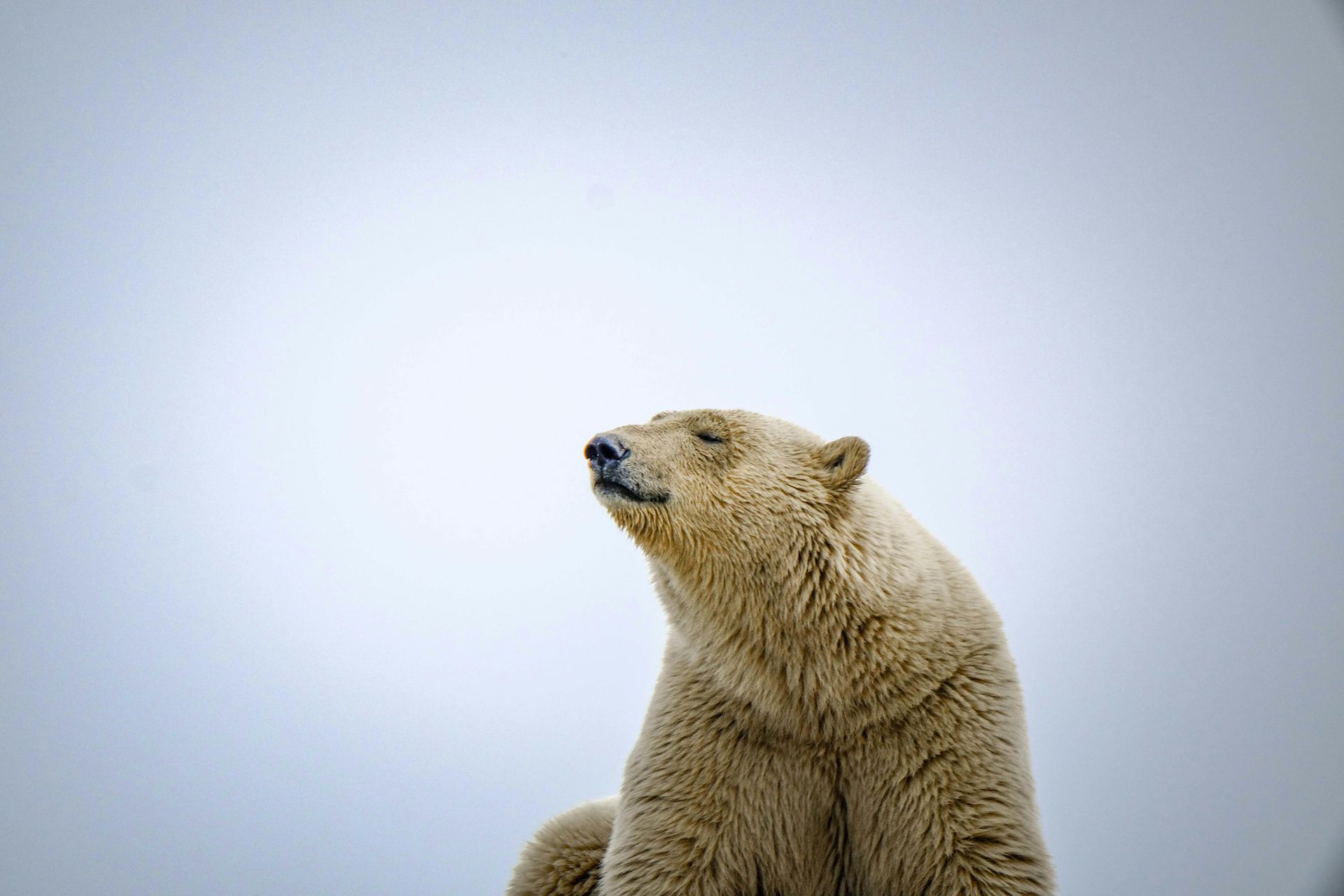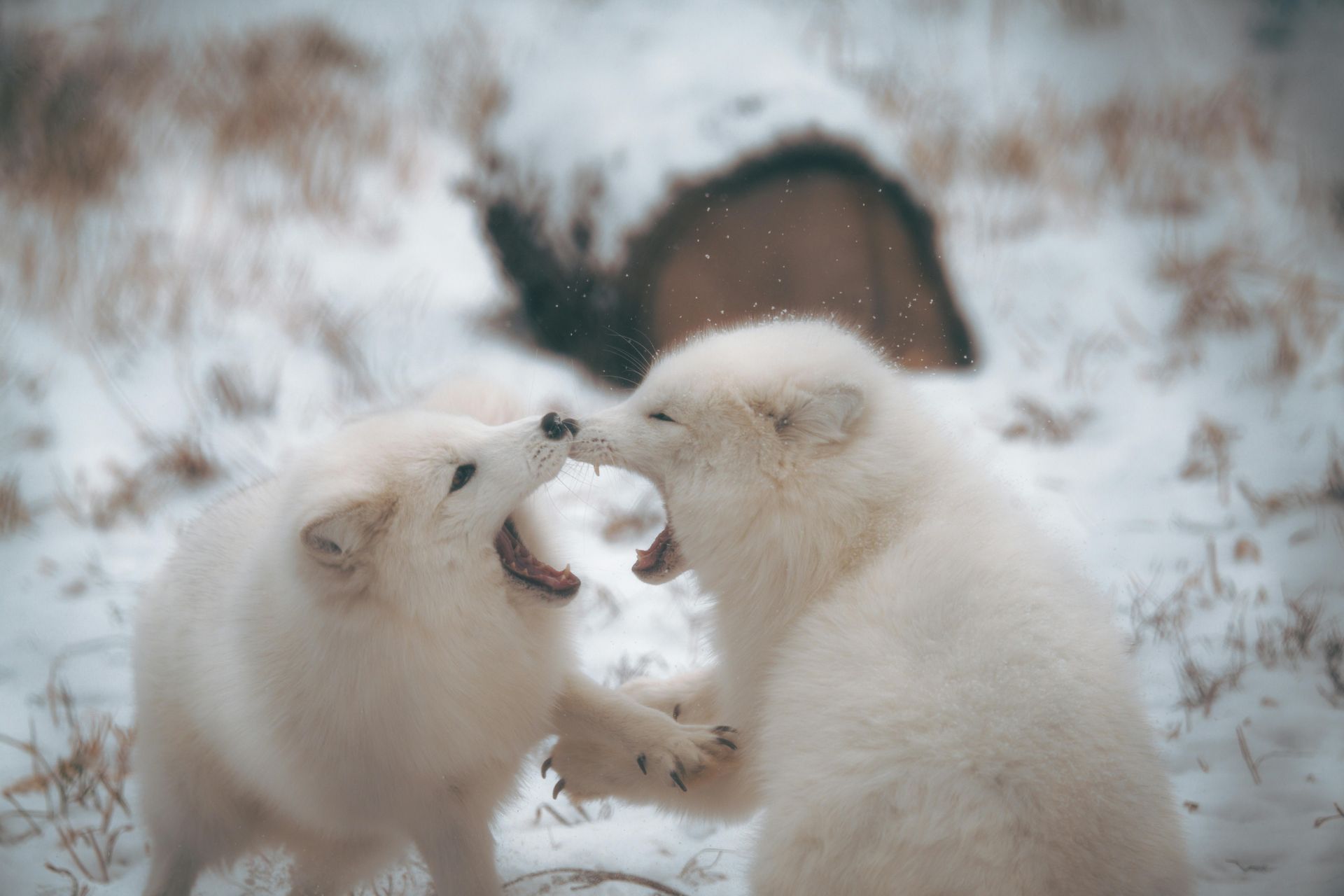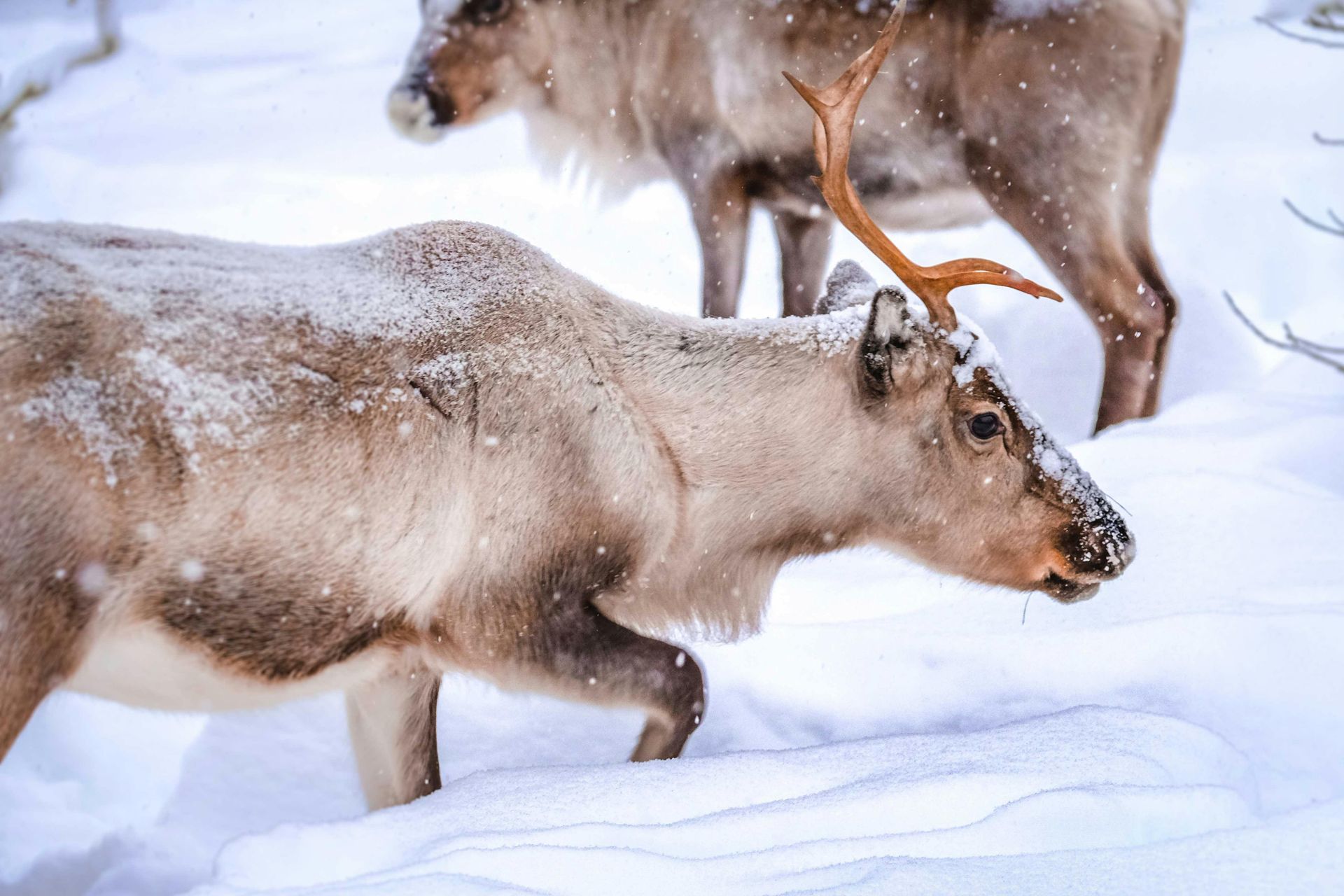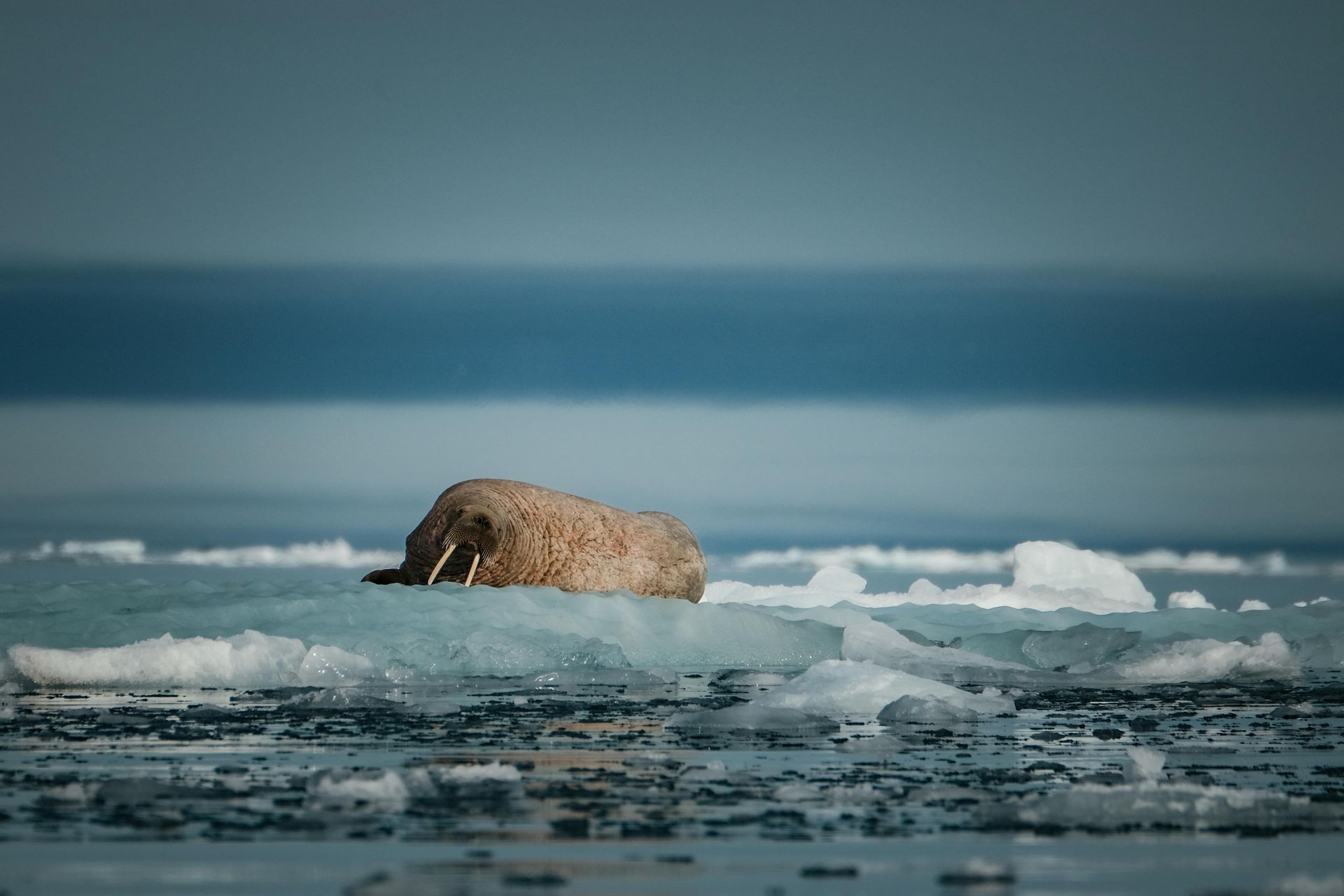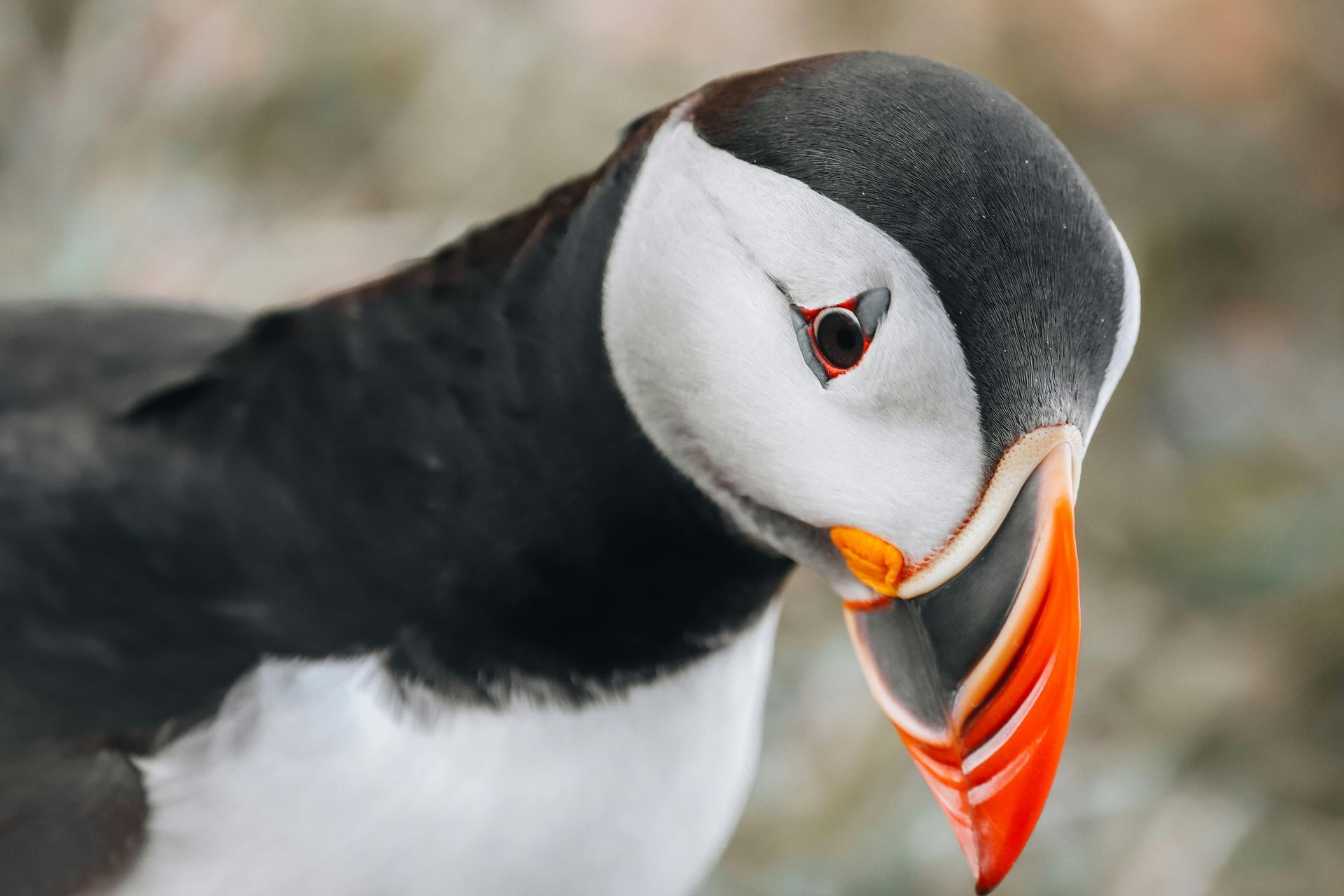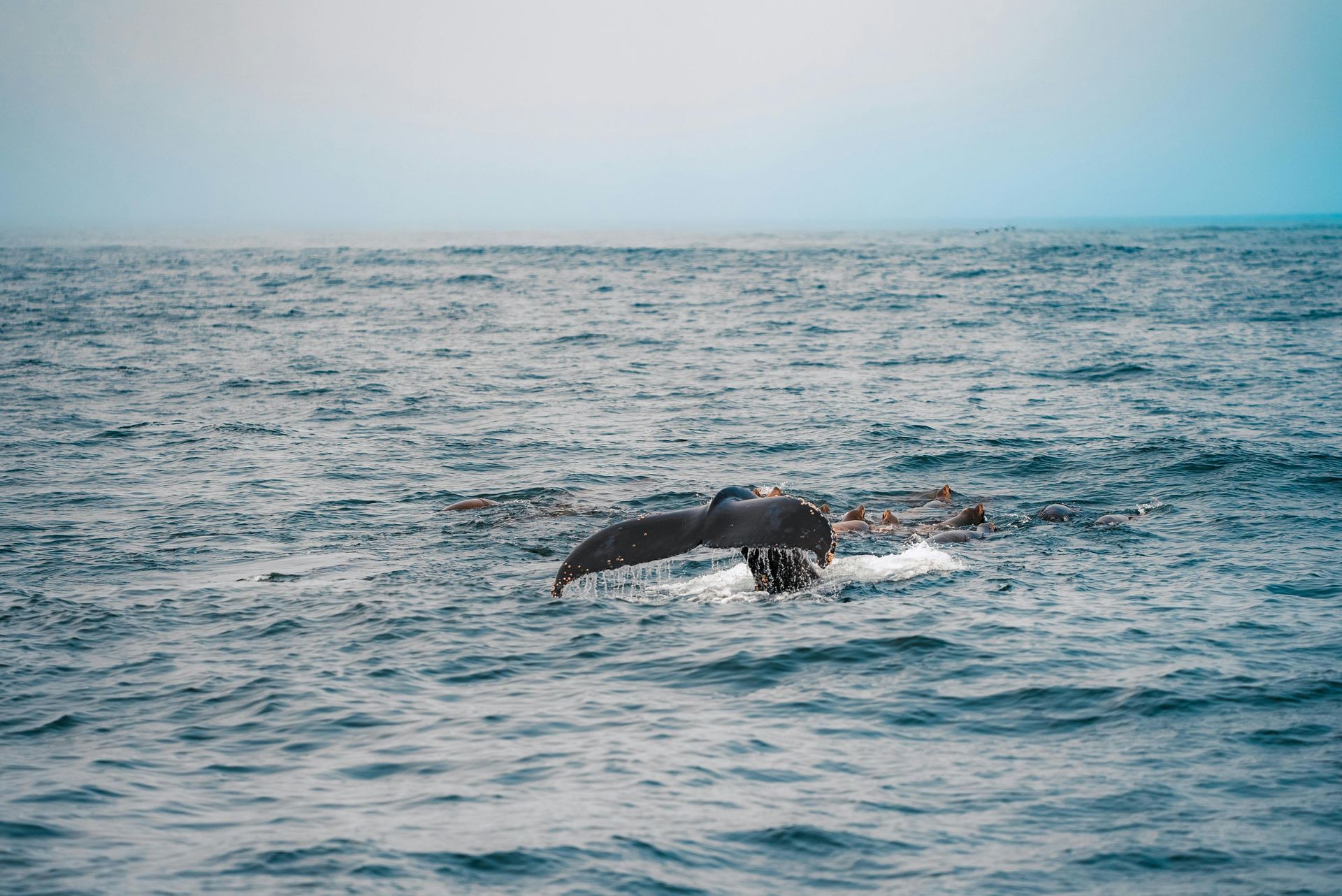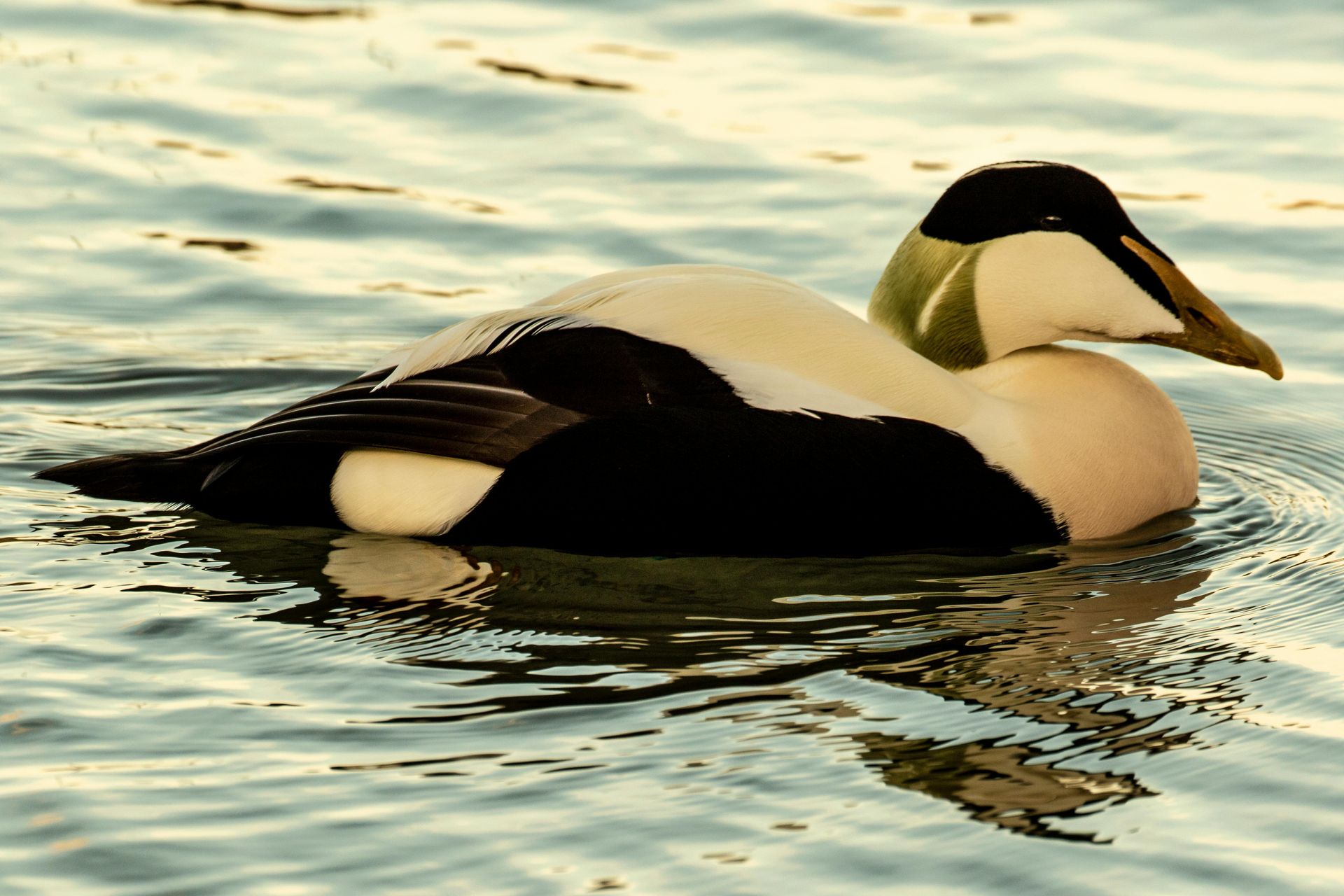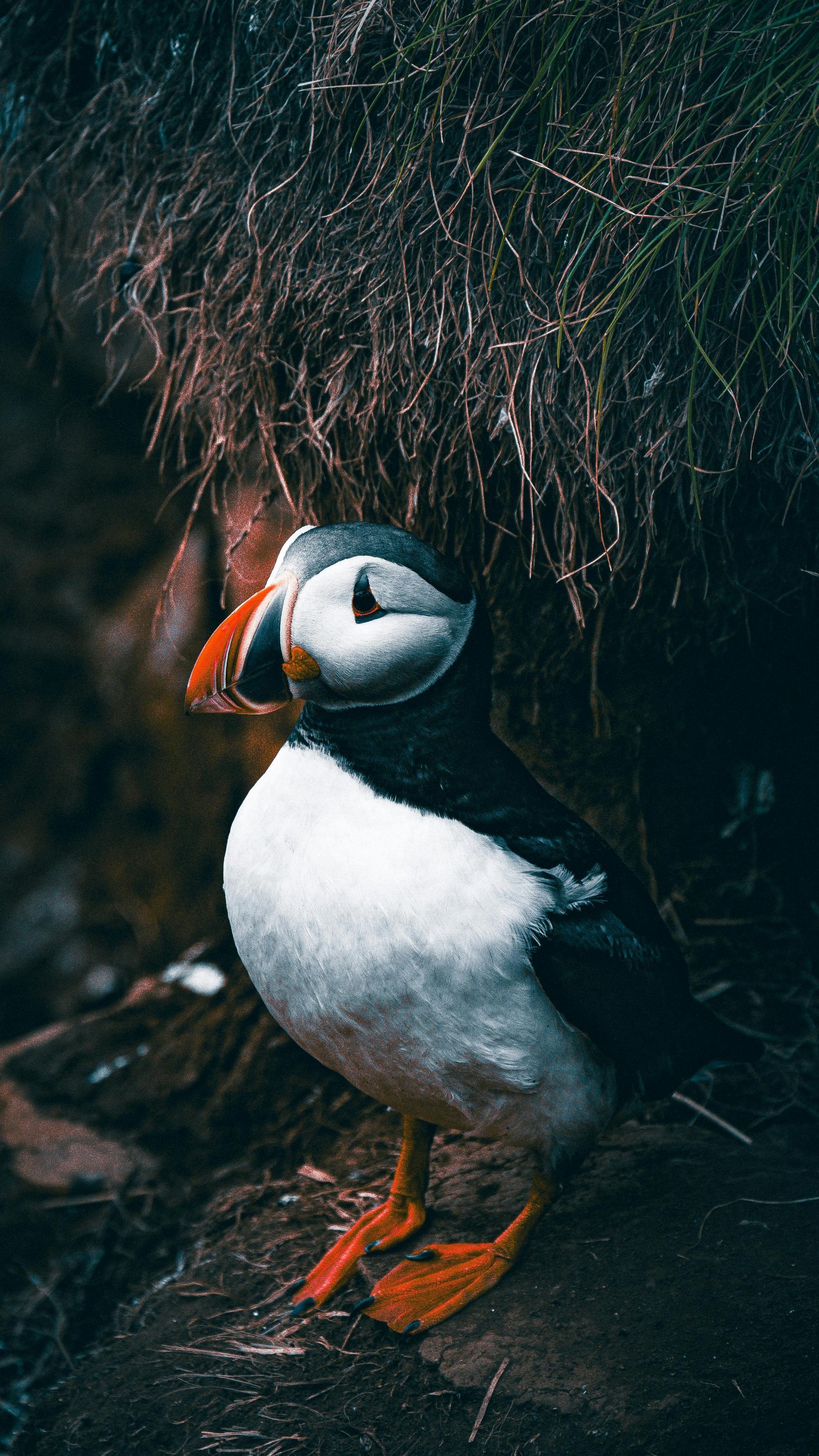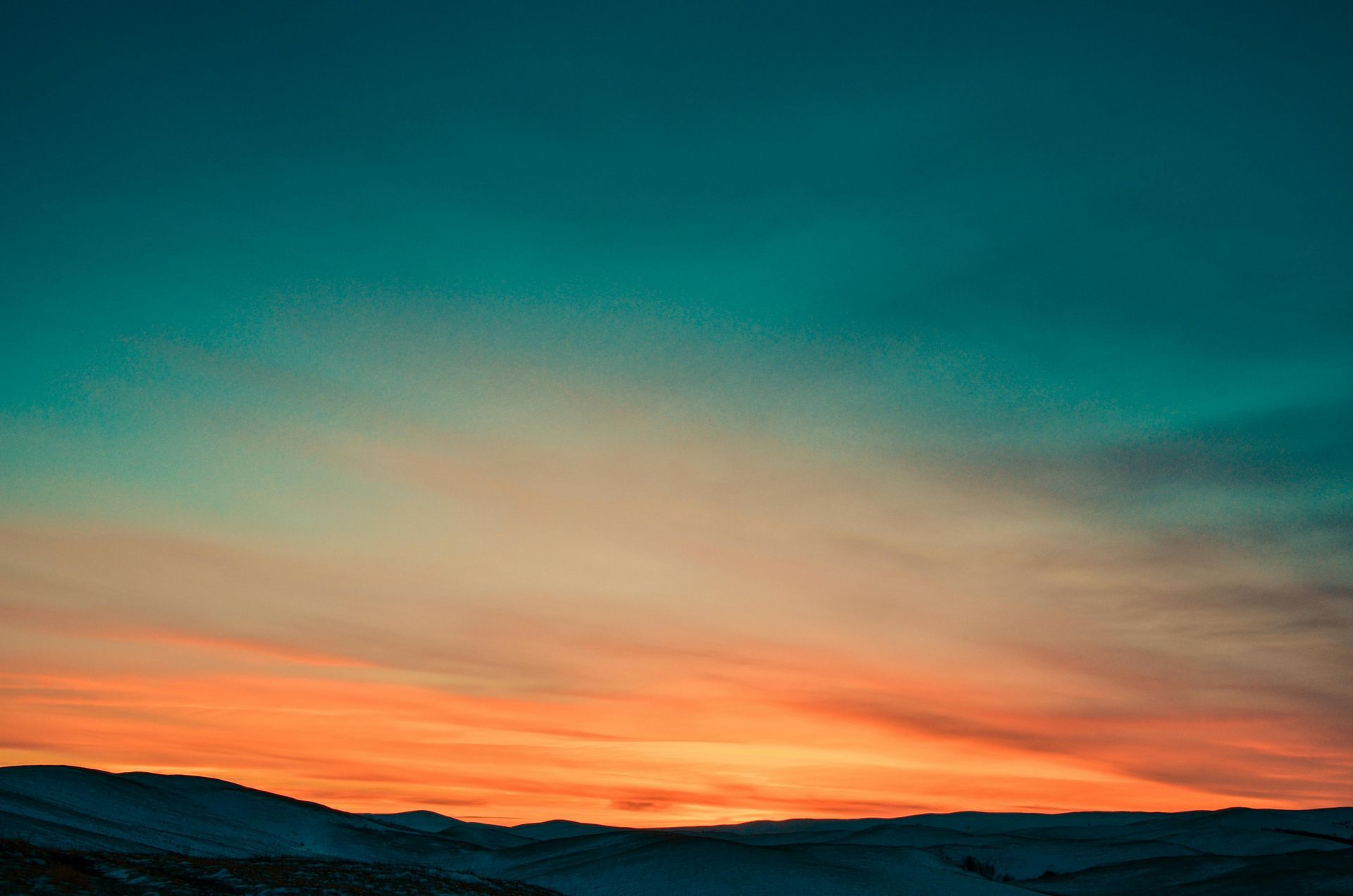Svalbard Journeys in November
Svalbard Journeys in November
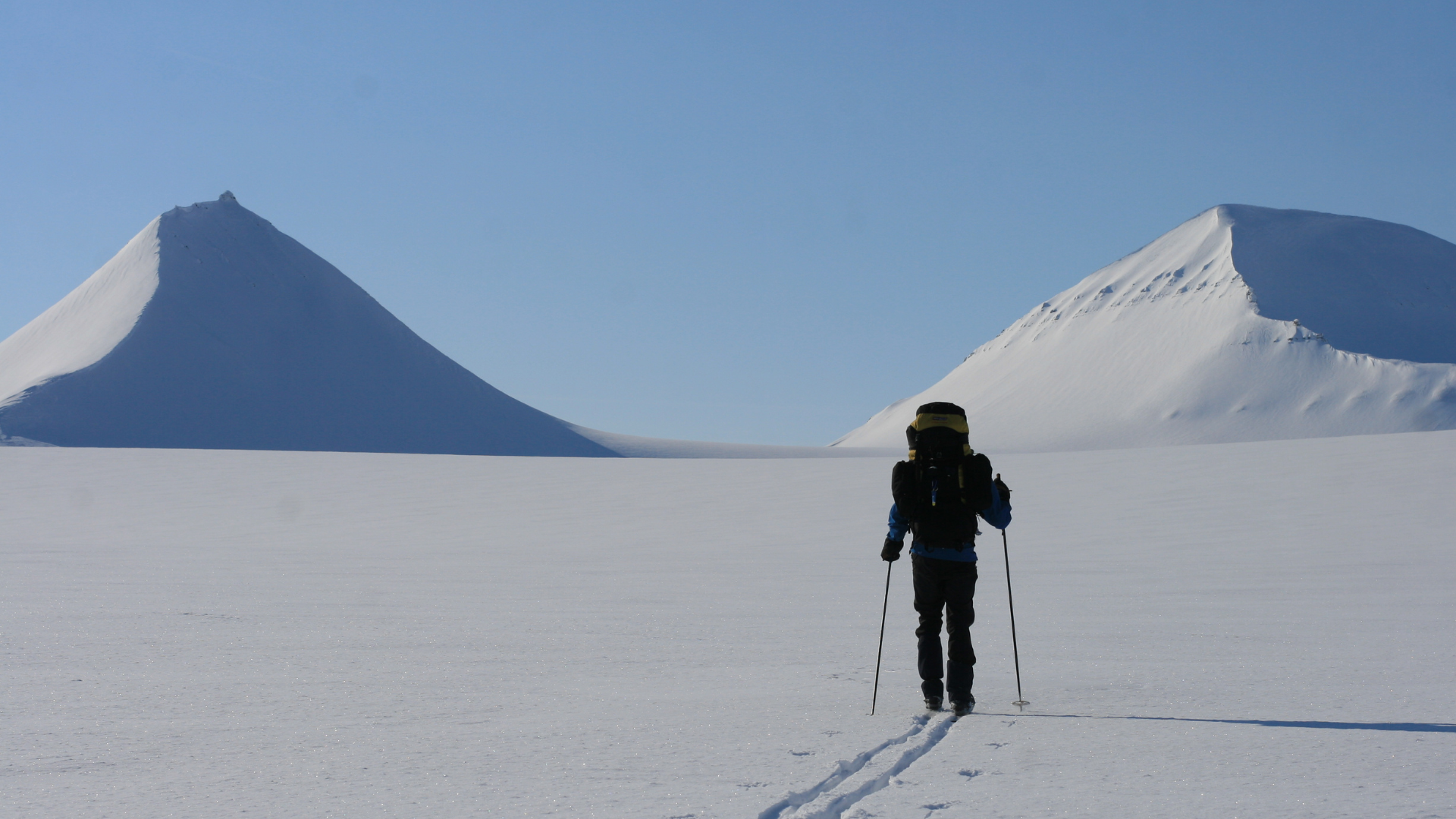
November in Svalbard marks the onset of the Polar Night, a period when the sun dips below the horizon and does not rise again until mid-February. This unique phenomenon transforms the archipelago into a land of perpetual twilight, illuminated only by the moon, stars, and the ethereal Northern Lights. The long nights and crisp air make Svalbard in November a magical destination for those seeking to experience the Arctic in its most dramatic and serene form.
The absence of sunlight does not mean the absence of life or activity. The skies often come alive with the Aurora Borealis, providing one of the most stunning natural light shows on Earth. The best viewing conditions occur in places with minimal light pollution, making Svalbard an ideal location. The vibrant colors of the Northern Lights reflect off the snow-covered landscape, creating a surreal and enchanting atmosphere that leaves visitors in awe.
Wildlife remains active during this time, with polar bears, Arctic foxes, and Svalbard reindeer well-adapted to the harsh conditions. Polar bears, in particular, can be seen traversing the sea ice in search of seals, their primary food source. Arctic foxes roam the tundra, their white winter coats blending seamlessly with the snow, while reindeer continue to graze on the sparse vegetation available. These encounters with Arctic wildlife in their natural habitat offer a rare and thrilling experience for visitors.
Longyearbyen, the largest settlement in Svalbard, becomes a vibrant hub of cultural and social activities during the Polar Night. The community embraces the darkness with a variety of events, including music festivals, art exhibitions, and lectures. The Svalbard Museum offers insights into the history, geology, and ecology of the region, providing a deeper understanding of the archipelago's unique environment. The warm and welcoming atmosphere of Longyearbyen provides a stark contrast to the cold and darkness outside.
Exploring the frozen landscape of Svalbard in November offers a sense of adventure and discovery. Dog sledding is a popular activity, allowing visitors to traverse the snowy terrain in a traditional and exhilarating way. Snowmobile tours offer another thrilling option, providing access to remote and pristine areas that are otherwise difficult to reach. These excursions offer a chance to witness the stark beauty of the Arctic wilderness and the rugged terrain of Svalbard's mountains and fjords.
The climate in Svalbard during November is extreme, with temperatures often dropping well below freezing. Proper preparation is essential for anyone planning to visit. Thermal clothing, sturdy footwear, and knowledge of Arctic survival skills are crucial to ensure safety and comfort. Despite the challenging conditions, the rewards of experiencing Svalbard in November are immense. The combination of the dramatic landscape, the Northern Lights, and the unique wildlife creates a setting that is both enchanting and unforgettable.
Scientific research continues in Svalbard throughout November, with international teams conducting studies on climate change, wildlife behavior, and glaciology. The data collected during this time is crucial for understanding broader environmental trends and developing strategies for conservation and sustainability. Researchers brave the cold and darkness to gather valuable information that contributes to global scientific knowledge. Svalbard serves as a natural laboratory, offering insights into the impact of extreme conditions on the Arctic ecosystem.
The history and heritage of Svalbard are deeply connected to its environment, and November is a time to reflect on this relationship. The archipelago has been a site of exploration and adventure for centuries, from early whalers and trappers to modern scientists and tourists. The challenges faced by these pioneers are still relevant today, as the harsh conditions test the limits of human endurance and ingenuity. Visiting Svalbard in November is a journey into the heart of the Arctic, where the past and present come together in a landscape of stunning beauty and stark contrasts.


